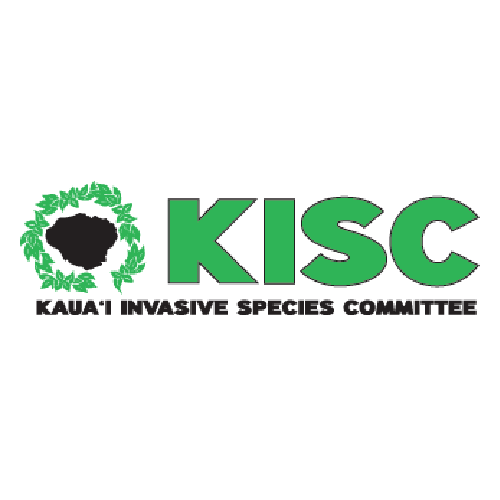Family: Urticaceae
Māmaki is a valuable native shrub. This species is both variable and beautiful. Leaf size, stem diameter, color, leaf texture, vein color, and leaf color can differ between plants. Leaves tend to be darker green topside, white to gray underneath, and have serrated margins. Fruits are small white and almost gelatinous with a subtly sweet flavor. Both female and male flowers are insignificant and form along leaf axils. Following female flowers, white berries are born in pairs off the stem. Inside are tiny black seeds. There are hundreds of seeds per plant, maybe even thousands. Although a member of the nettle family (Urticaceae), māmaki does not produce stinging hairs. Common to other Hawaiʻi native species, māmaki lost its defenses during the long process of evolution in isolation.
Habitat & Uses
Māmaki is endemic to all of the main Hawaiian islands and can be found from sea level to over 6100 feet. Typically, these shrubs will grow in mesic valleys and mesic-wet forests. They are an essential understory shrub and thrive under the shade of trees. The red-veined varieties can survive full sun in open lowland landscapes. Māmaki is especially prized for attracting two endemic butterflies (the Kamehameha butterfly and the Koa butterfly) and non-native butterflies. Their caterpillars will feed on the leaves, while butterflies will enjoy nectar from surrounding plants.
Leaves are medicinal in tea, said to be good for high blood pressure, cholesterol, and good sleep with dreams. New leaf buds can be eaten as a tonic. The fruit is used as a mild laxative. A form of kapa was made from māmaki, often mixed with wauke (Broussonetia papyrifera), and resulted in a brownish kapa cloth. A fast-growing species, māmaki, is a vital understory plant. The leaves will block the sun preventing undesirable plants from germinating. Māmaki is excellent for a butterfly garden, kapa garden, or habitat restoration.
Landscaping & Cultivation
Māmaki grows in a wide range of environments, full sun or full shade. It does best with organic material, mulch, and regular water. It doesn’t transplant very well. So it’s best to start seeds in the intended planting place to prevent any root damage. To acquire seeds, mash up the raspberry-like fruit in a plastic bag to separate out the seeds. Make it fun for the whole family by adding water and loading the seed-fruit water mixture to a spray gun! Or start seeds in a big pot, and don’t let your plant get root-bound. If you need to transplant, keep the plant shaded while it recovers. B vitamins will also help your plant adjust to its new habitat.
This shrub responds well to pruning, but do not remove more than 1/4 of the leaves at any given time. You can apply a slow release fertilizer with minor elements every 6 months at a dilution of a half to a third of the recommended strength. This plant can be attacked by all of the usual insect pests, but none that should be a major problem. However, watch out for any fungal disease as that can kill young māmaki plants.
Name Origins
Māmaki was a highly utilized plant from its wood, sap, bark, leaves, fruits, and seeds. One interpretation of the ʻōlelo Hawaiʻi means the ki or ti that you chew on (for various medicinal uses). Even though māmaki and ti plants do not look overtly similar, both were commonly used in daily life and thrive in similar habitats. Ti has medicinal uses, but its leaves were only used for external treatment or within a concoction to induce vomiting. So not the best plant to just start chewing at. Waimea is another common name for this species when on Kauaʻi and the name Waimea is also shared with the endemic olomea (Perrottetia sandwicensis). The scientific name Pipturus is Greek meaning a falling tail which references māmaki’s easily detachable stigma. Albidus comes from the Latin albidis for white.
Plant Uses:
- Aquatic plant
- Container plant
- Cultural significance
- Edible
- Hedge
- Medicinal
- Privacy / screening
- Specimen
Plant Dangers:
- No dangers




